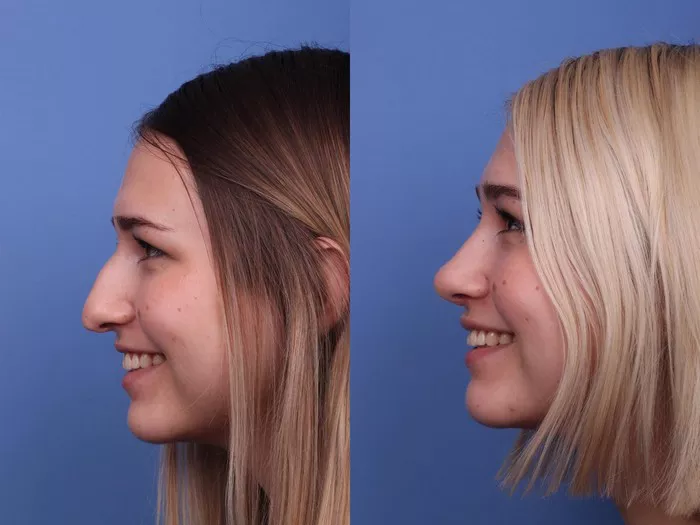Nose fillers, also known as non-surgical rhinoplasty or liquid rhinoplasty, are becoming increasingly popular in the Philippines as a non-invasive alternative to traditional rhinoplasty. If you are considering nose fillers in the Philippines, one of the most important factors to consider is the cost. In this article, we will explore the typical cost of nose fillers in the Philippines and the factors that can affect the cost.
What are Nose Fillers?
Nose fillers are a non-surgical cosmetic procedure that involves injecting a filler substance, such as hyaluronic acid, into the nose to reshape and add volume to the area. This can be used to correct minor imperfections in the nose, such as a bump or asymmetry, without the need for surgery.
Factors That Affect the Cost of Nose Fillers in the Philippines:
Type of Filler: The type of filler used can affect the cost of nose fillers in the Philippines. Some fillers may be more expensive than others, depending on their quality and effectiveness.
Amount of Filler: The amount of filler used can also affect the cost of nose fillers in the Philippines. More extensive procedures that require more filler may cost more than less extensive procedures.
Experience of the Practitioner: The experience and expertise of the practitioner performing the nose fillers can have a significant impact on the cost. More experienced practitioners may charge higher fees due to their expertise and reputation.
Location of the Practice: The location of the practice can also affect the cost of nose fillers in the Philippines. Practices located in urban areas or areas with a higher cost of living may charge higher fees compared to practices located in smaller or rural areas.
Typical Cost of Nose Fillers in the Philippines:
The cost of nose fillers in the Philippines can vary widely depending on the factors mentioned above. On average, the cost of nose fillers in the Philippines can range from PHP 10,000 to PHP 30,000 per session. However, it is important to note that this is only an estimate and the actual cost can vary significantly depending on the individual case.
In addition to the cost of the procedure itself, there may be additional costs associated with nose fillers in the Philippines. These can include pre-operative testing, post-operative care, and prescription medications.
Insurance Coverage for Nose Fillers:
In most cases, insurance does not cover the cost of nose fillers in the Philippines as it is considered a cosmetic procedure.
Financing Options for Nose Fillers:
For those who cannot afford the full cost of nose fillers in the Philippines upfront, there are financing options available. Many cosmetic surgery practices offer financing plans that allow patients to pay for the procedure over time. These plans may offer low-interest rates or even interest-free financing for a certain period of time.
Conclusion:
In conclusion, the cost of nose fillers in the Philippines can vary widely depending on several factors, including the type and amount of filler used, the experience of the practitioner, and the location of the practice. While the cost may seem high, it is important to consider the potential benefits of the procedure. If you are considering nose fillers in the Philippines, it is important to consult with a qualified and experienced practitioner to discuss the potential risks and benefits of the procedure and to obtain an accurate estimate of the cost.

